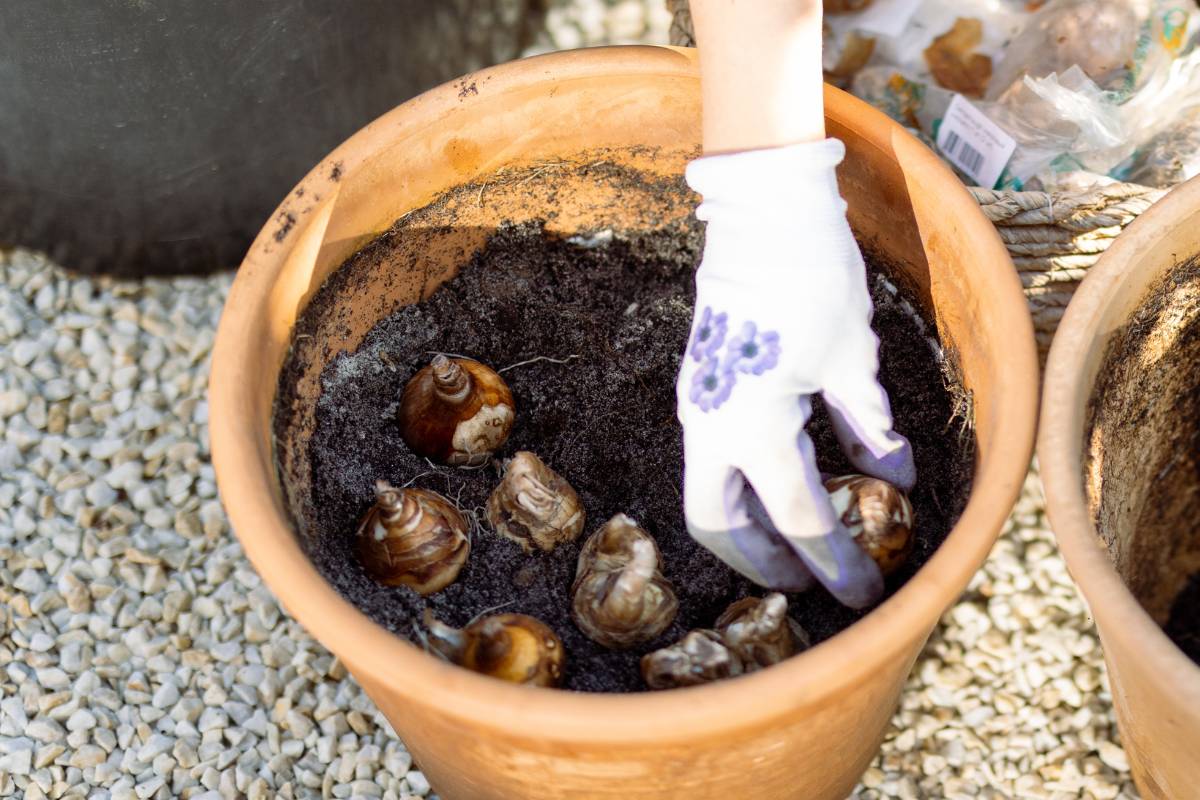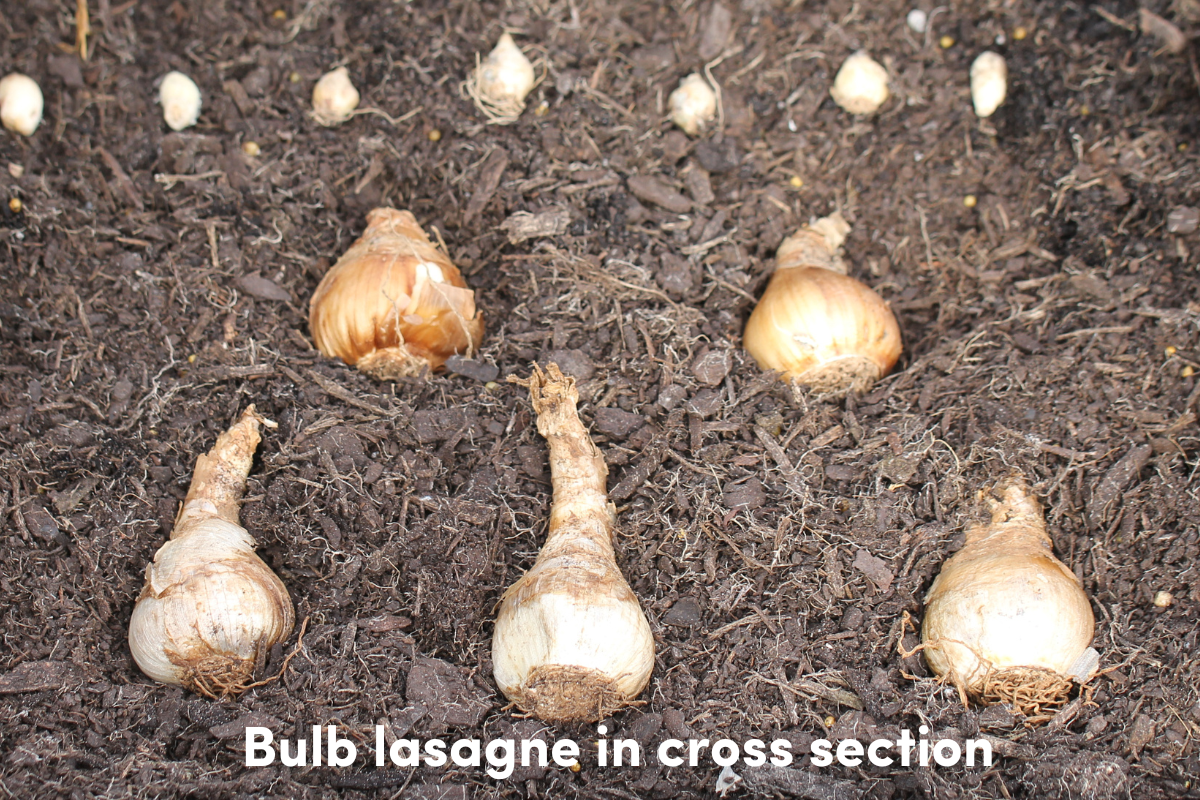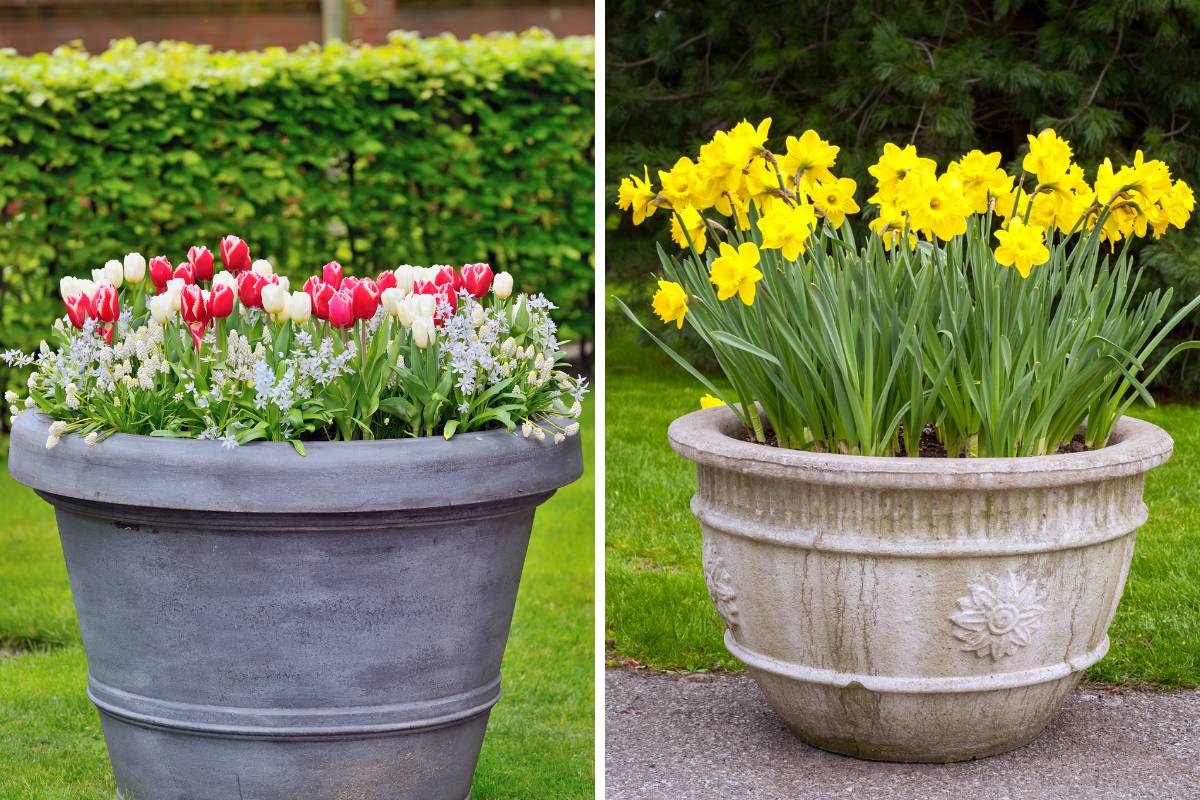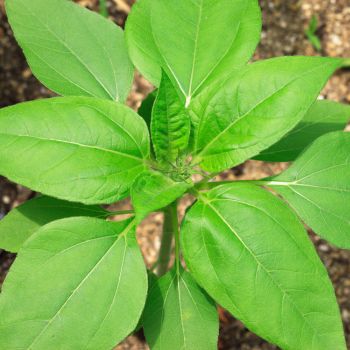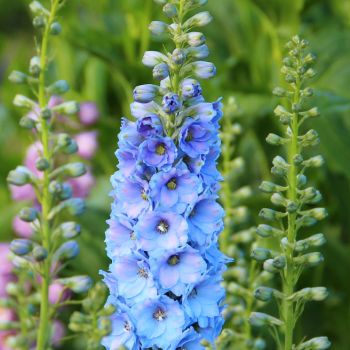Spring bulbs bring much-needed colour and cheer to gardens after a long winter. Planting bulbs in containers is a popular way to create a concentrated burst of colour. A bonus of containers is that they can be moved around to fill gaps or add interest to a drab space. Another advantage of planting bulbs in pots is that drainage is generally good, reducing the risk of the bulbs rotting.
One way of getting a spectacular display with potted bulbs is to make a bulb lasagne. A bulb lasagne refers to a method of layering bulbs in a container to get a succession of flowers and a long-lasting display. Read on to find out what it is, which bulbs to use, and how to make your own bulb lasagne recipe.
What Is a Bulb Lasagne?
A bulb lasagne is a method of layering bulbs in a pot to create a long-lasting display of flowers. It's called ‘lasagne’ because several types of bulb are layered like the sheets of pasta in the famous Italian dish. A layer of soil separates each layer of bulbs, taking on the role of the sauce in a traditional lasagne.
By using a variety of bulbs with different flowering times, you can create a succession of flowers that lasts for several weeks. You can also add winter-flowering annuals like pansies or violas on top to give colour while you wait for the bulb’s shoots to emerge.
Selecting Bulbs
To create a successful bulb lasagne, choose two or three different bulbs to layer per container. You can choose three different types of bulb with early, mid and late flowering times, or three types of a single species like tulips or daffodils. The rule of thumb is to plant the larger, later flowering bulbs at the bottom, mid-season flowers in the middle, and the earliest flowering bulbs at the top. For example, a bottom layer of tulips, mid-layer of hyacinths and top layer of miniature daffodils is a good bulb lasagne recipe to try.
The choice of colours is up to you. You can use the layered planting method to create a succession of colours, or stick to classic combinations such as all white, black and white or fiery reds, oranges and yellows.
Here are some suggested combinations for bulb lasagnes:
| Bottom layer | Middle Layer | Top Layer |
| Tulip | Daffodil | Jonquil |
| Tulip | Hyacinth | Muscari, spring star or miniature daffodil |
| Late daffodil | Mid-season daffodil | Early daffodil |
| Late tulip | Mid-season tulip | Early tulip |
How to Plant a Bulb Lasagne
- Choose a large pot at least 30cm deep and wide.
- Add 10-15cm of good quality potting mix to the bottom of the pot.
- Place the first layer of bulbs on the soil. Bulbs in containers can be planted with a closer spacing than recommended, which will achieve a fuller display. Plant the bottom layer deeper than recommended, around 20-25cm deep.
- Cover the bulbs with more soil.
- Repeat the process with the remaining layers of bulbs, making sure the top layer of soil is a few centimeters below the top of the container.
- Water the pot well and keep the soil slightly moist until the shoots emerge, then water as usual.
- Once the first flowers have finished, cut them to ground level to allow the next layer to come through and flower.
Bulbs grown in containers are usually grown as annuals and discarded after they have flowered. If repeat flowering is desired, remove the bulbs from the container once the leaves have died down, store them in a cool, dry place and plant them out in the garden the following autumn.
A bulb lasagne is an excellent way to create a long-lasting display of flowers using a variety of bulbs with different flowering times. By layering flower bulbs in this way you can enjoy weeks of spring colour from a single container.
Get your hands dirty and create a beautiful bulb lasagne for your garden this spring!
